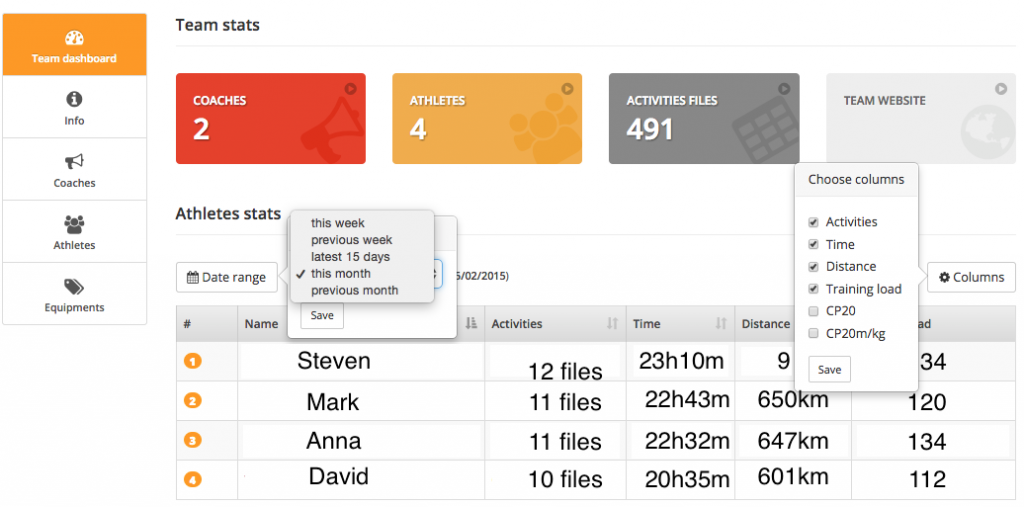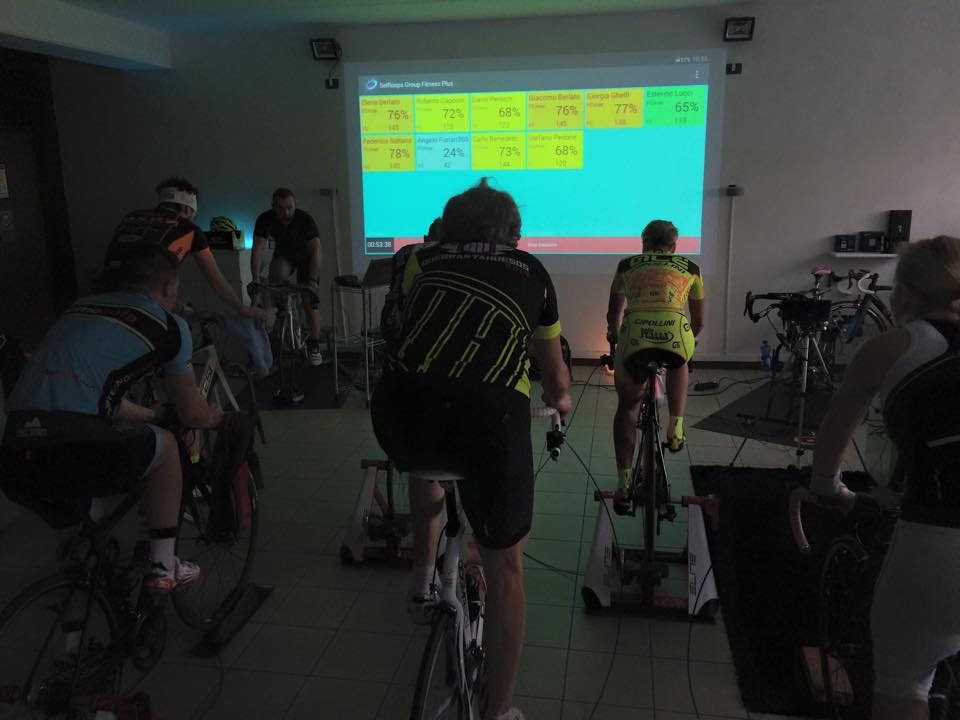We have just improved our bike power analysis with line graphs showing your Maximum Power Output (Watts/KG).
The Maximum Power Output is your Critical Power* divided by your weight. The weight normalizes the measure and you can compare your Maximum Power Output with other cyclists. In this new software update you can also set the time range over you want to analyze your Critical and Maximum Power Output.
*Critical Power or Mean Maximal Power, is the best average power you can maintain for a given amount of time. For example a CP5 of 500W means the rider was able to sustain an average of 500W for 5 seconds as its best performance in all his rides. A sprinter will have very high values for CP5.







